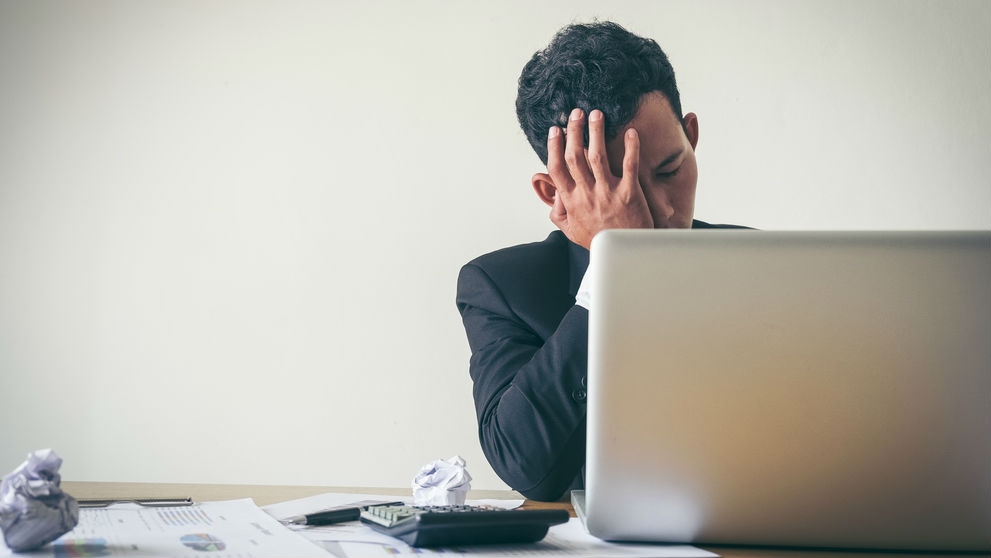
HR Briefing: Drawing the line between work-from-home and life-at-home
The work from home setup may be taking a toll on the mental health of workers in Singapore. It’s something HR leaders should keep a close eye on as the pandemic continues.
The pandemic has blurred the line between where work stops and where personal life begins, and this is having an impact on the overall mental health of the workforce. With the recent rise in COVID-19 cases in Singapore and the possibility of further “circuit-breaker”-like movement restrictions looming in the background, the time has come to talk about breaks and burnouts.
The hybrid workplace has allowed offices to continue operations despite mobility restrictions, but it also paved the way for back-to-back meetings. A study, conducted by the Microsoft Human Factors Lab, has found that taking regular breaks is vital in keeping stress levels down.
The study found that breaks in between meetings help to “reset” the brain, which can also help participants to be more focused in the meetings that follow.
In Singapore, mental health issues resulting from the work-from-home setup, have become rampant—although HR solutions provider EngageRocket found in its 2020 research report that the impact on mental health was uneven across sectors.
In the Resilience of the Singapore Workforce report, it was reported that employees in the education sector (30%) and consumer industries (22%) experienced the highest stress levels. It added that those aged between 30-50 found it more difficult to cope, compared to other age groups.
“Employees are stressed, but with the pandemic, they have also developed new expectations,” EngageRocket co-founder and CEO CheeTung Leong told Singapore Business Review.
“They now demand better support from their organisations, flexible arrangements and opportunities for growth. If they cannot get these reliably, many of them have been looking outside for other organisations that can provide them.”
Leong added that in the 2020 study, employee engagement showed a decrease of 14% from the previous year. Workers experiencing burnout also climbed, with only 44% of employees reporting they were able to avoid it completely. This was lower than the 53% recorded in the previous year.
In preventing burnout, Leong said employers must take note of “the three Ts”: time, trust, and (the chance to) turn off. EngageRocket data showed there were higher rates of burnout amongst employees working remotely for 50 hours a week or more.
“Whilst long working hours may be necessary in short bursts, this is detrimental to the staff member’s mental health if it is a prolonged feature of their working life,” he said, noting that in some cases, companies have made it a policy to free at least half a day from internal meetings.
“This helps to break up the work-week, and allow for time to get work done amidst a sea of meetings.”
Employers should also ensure their people are working in an environment of trust and psychological safety that can lessen their stress. Moreover, they may consider setting a clear time of day or week during which workers can “turn off.”
This will allow them to draw the line between work and home, preventing them from feeling as if they are “always on.”
Further, companies need to take action not just to prevent burnout, but also to prevent them from leaving the company. This includes providing stronger management support and setting up reskilling and upskilling programmes amongst others.
Management support has a high impact on the loyalty of an employee, but Leong notes that some firms are not equipped in recognizing which managers or units need attention, based on employee feedback.
“Many managers lack the time and tools they need to effectively identify flight risk, burnout or disengagement,” Leong said.
“HR and leaders need to help them understand how their team feels and track progress.”
Meanwhile, with 66% of workers perceiving digital and technological skills as critical in future work, companies must stay ahead in ensuring their employees are future-ready.
For their part, workers also have a role to play in avoiding burnout whilst they work at home, one of which is a conscious effort to separate their professional and personal life.
This can be achieved by setting limits on the time they dedicate to responding to work-related emails and personal messages.
They may also take the initiative to communicate their concerns to their bosses and stay mindful of warning signs of burnout, such as a loss of motivation, a sense of failure, and a feeling of helplessness at work.
























 Advertise
Advertise






